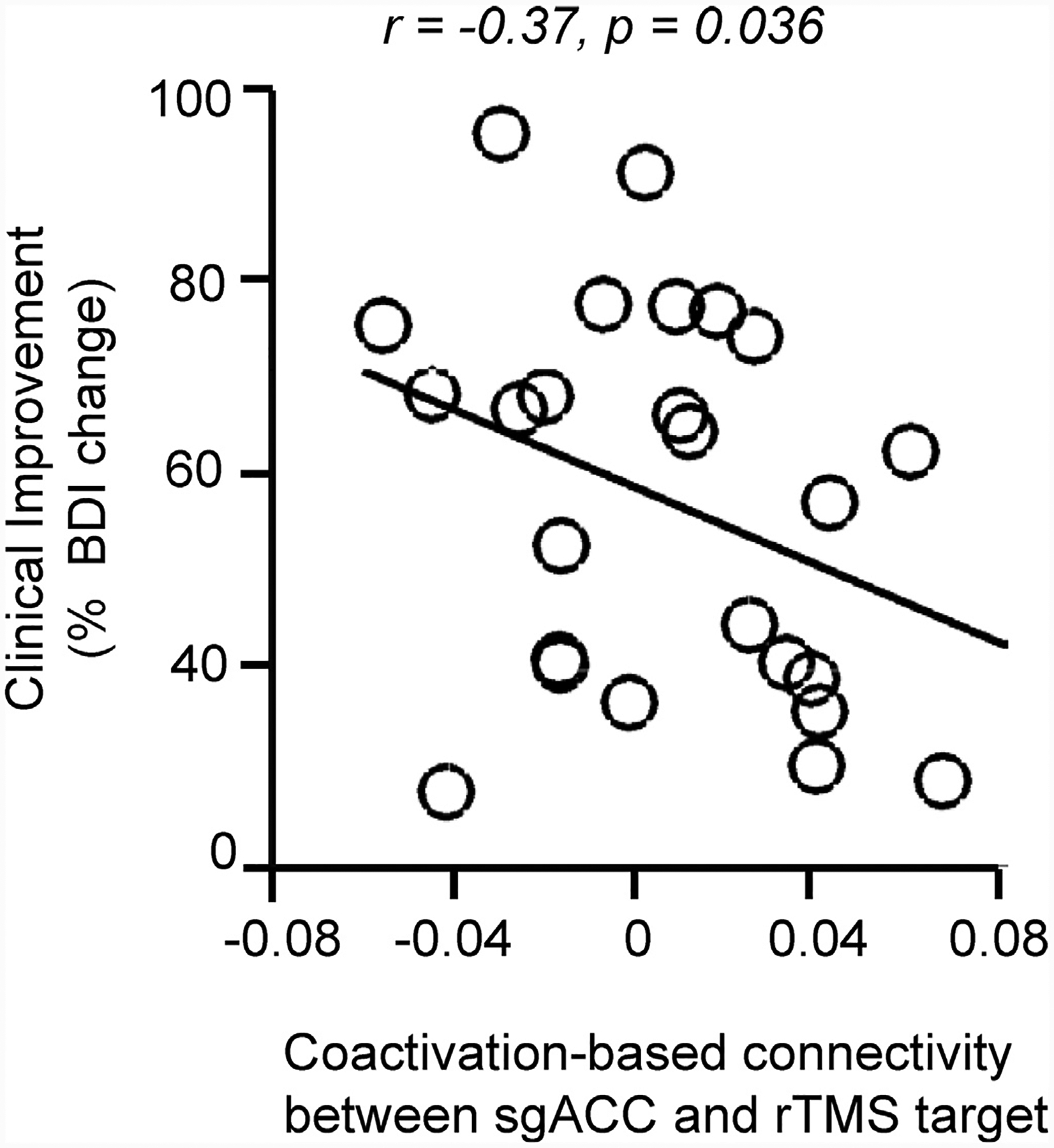Fig. 5. Left DLPFC rTMS sites associated with higher clinical efficacy show stronger task-based anti-correlations with the sgACC.

We investigated whether anti-correlations can explain clinical efficacy following rTMS of various DLPFC sites in 25 patients with depression. We assessed the association between clinical efficacy (% decrease in BDI) and population-level task-based co-activation. There is a significant negative relationship between clinical efficacy and DLPFC-sgACC co-activation (r = −0.37, p = 0.036). These negative correlations indicate that the stronger the DLPFC-sgACC anti-correlation, the higher the rTMS clinical efficacy. BDI, Beck’s Depression Inventory; DLPFC, dorsolateral prefrontal cortex; sgACC, subgenual anterior cingulate cortex; rTMS, repetitive transcranial magnetic stimulation.
